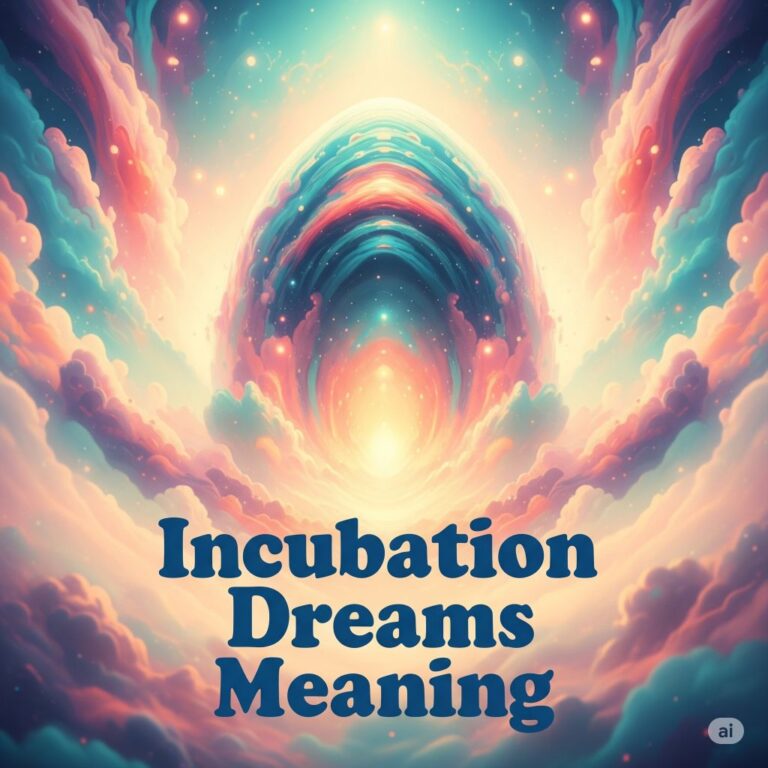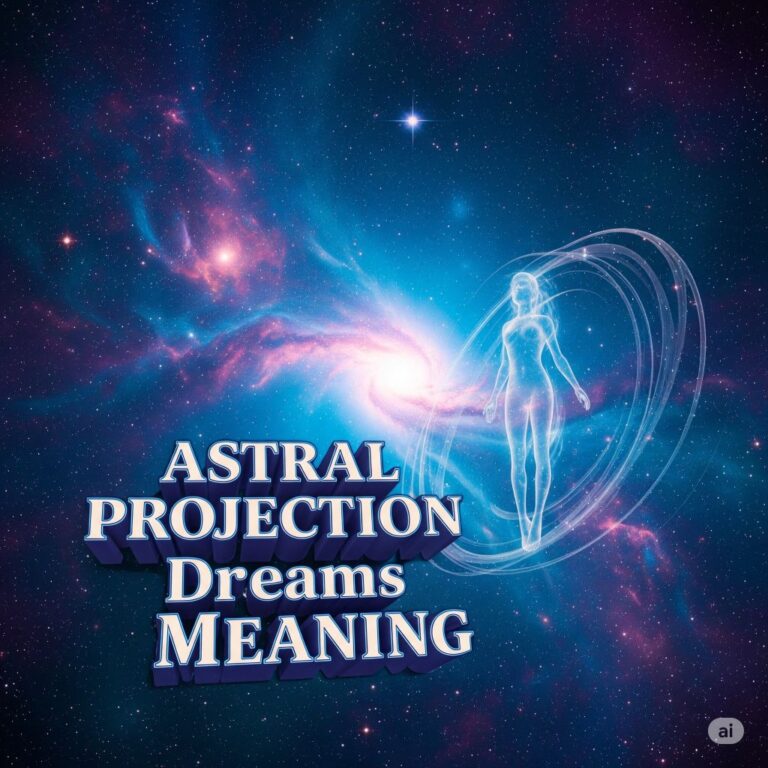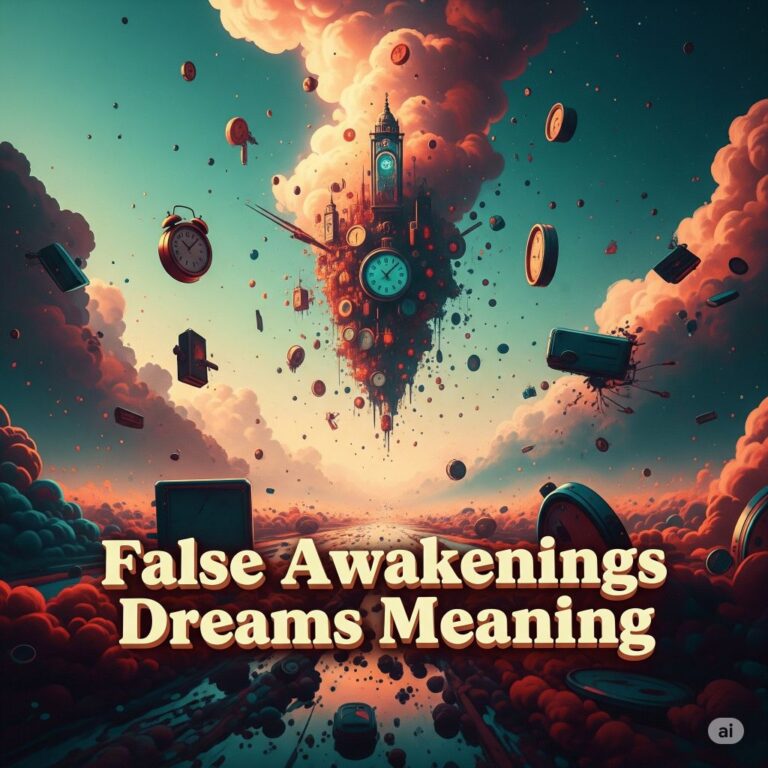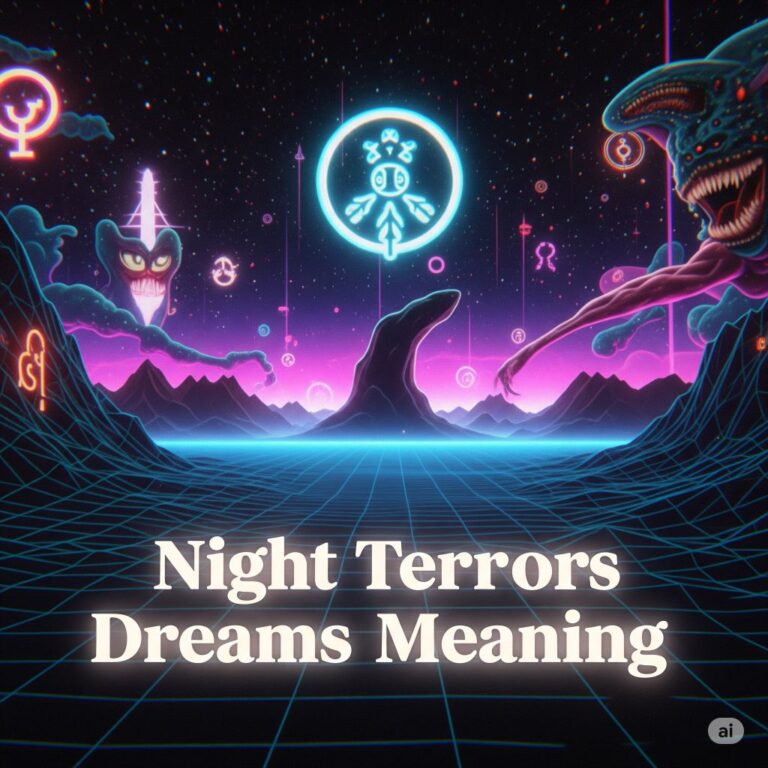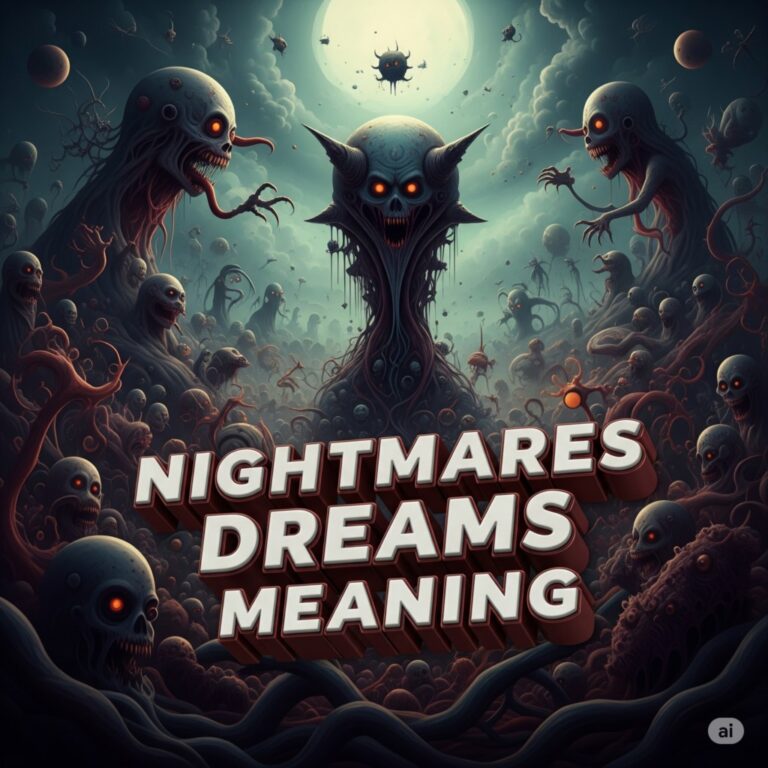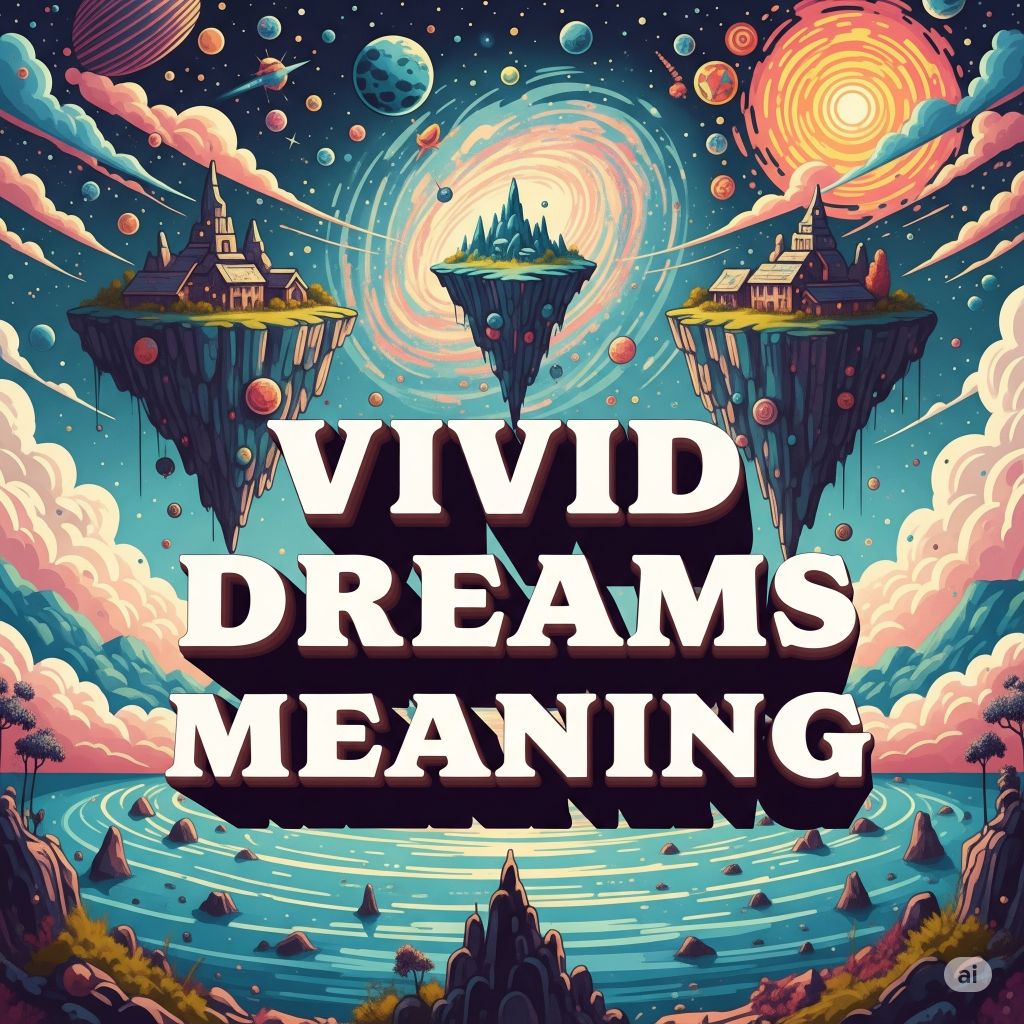
Dreams have fascinated humanity throughout history, with some remembered vaguely and others seared into memory with extraordinary detail. Among the most compelling are vivid dreams—those rich in color, sensation, narrative, and emotion. Vivid dreams can feel so real that distinguishing between dream and waking life becomes momentarily challenging. Their intensity can leave lasting impressions, often prompting individuals to seek meaning, reassurance, and guidance.
This article explores vivid dreams in detail: their scientific basis, psychological interpretations, spiritual and cultural perspectives, and what they might reveal about our waking lives.
What Are Vivid Dreams?
Vivid dreams are defined by their near-lifelike clarity and strong sensory impressions. Unlike the fleeting images of ordinary dreams, vivid dreams hold sharply detailed scenes, heightened emotions, and often, a coherent storyline. Upon waking, dreamers may recall specific conversations, faces, places, and even scents or physical sensations.
Many factors can contribute to vivid dreaming, including emotional stress, irregular sleep patterns, medications, physical health, and dietary choices. People of all ages experience vivid dreams, but they are particularly common in children, pregnant women, and those undergoing significant life changes.
The Science of Vivid Dreams
The majority of vivid dreams occur during REM (Rapid Eye Movement) sleep, a stage marked by intense brain activity, rapid eye movements, and body paralysis. During REM sleep, the brain is almost as active as when awake, and this is when our most memorable and “movie-like” dreams unfold.
Why Do Vivid Dreams Happen?
Research points to several possible reasons:
- Heightened Brain Activity: REM sleep stimulates the amygdala and hippocampus, centers of emotion and memory, which may produce vivid and emotionally charged dream content.
- Sleep Disruptions: Lack of sleep, sleep disorders (like insomnia or sleep apnea), and irregular schedules can cause a “REM rebound” effect, making dreams longer, more intense, and easier to remember.
- Medications & Substances: Antidepressants, beta-blockers, acetylcholine modulators, and withdrawal from substances (such as alcohol or nicotine) can alter sleep cycles, leading to vivid dreaming.
- Hormonal Changes: Puberty, pregnancy, and menopause are associated with changes in sleep patterns and can coincide with more frequent and intense dreams.
- Diet: Consuming heavy meals, certain foods, or caffeine before sleep may impact REM sleep, consequently affecting dream vividness.
Neurological Theories
Scientists believe that vivid dreams may serve several purposes:
- Memory Consolidation: REM sleep helps the brain “file away” new memories and experiences.
- Emotional Processing: Dreaming allows the brain to process emotional events, traumas, or day-to-day stressors.
- Problem-Solving: Some researchers assert that dreams, particularly vivid ones, enable creative problem-solving and adaptation.
Psychological Meanings of Vivid Dreams
Psychologists view vivid dreams as important reflections of the dreamer’s inner world. Not every dream is meaningful, but the intensity of vivid dreams often signals that the subconscious is wrestling with significant issues.
Common Psychological Interpretations
- Emotional Overflow: Vivid dreams may materialize when waking life emotions—stress, anxiety, joy, fear—overflow the conscious mind, bubbling up in dreams as a way to seek balance or resolution.
- Unresolved Issues: Repetitive or particularly memorable vivid dreams can reflect unresolved conflicts, guilt, or unfinished business.
- Wish Fulfillment: Rooted in Freudian theory, dreams offer a safe space for the psyche to satisfy suppressed desires or wishes through symbolic imagery.
Vivid Nightmares
Vivid dreams are not always pleasant. Vivid nightmares, which are exceptionally clear and disturbing, often relate to trauma or psychological stress. For individuals with PTSD, vivid nightmares act as relapses of past events, underscoring the therapeutic need for dream interpretation and intervention.
Lucid Vivid Dreams
When vivid dreams become lucid (wherein the dreamer is aware they are dreaming), they can offer a unique psychological laboratory for facing fears, rehearsing scenarios, or discovering inner strengths.
Spiritual Interpretations of Vivid Dreams
Throughout history and across cultures, vivid dreams have been imbued with spiritual meanings. Many believe these dreams are more than mere biochemistry—they are messages, premonitions, or portals to hidden realms.
Vivid Dreams as Divine Messages
- Prophecy & Premonition: Many spiritual traditions hold that unusually clear or striking dreams carry a message or warning, foretelling possible future events.
- Spirit Guides: Some interpret vivid dreams as visitations from ancestors, angels, or spiritual guides, especially when the dreams are emotionally charged and comforting.
- Out-of-Body Experiences: Vivid dreams of flying, floating, or leaving one’s body are sometimes seen as astral journeys, with the soul traveling to other realms while the body sleeps.
Dreams and the Soul
Indigenous and shamanic cultures often view vivid dreams as soul journeys critical for personal healing, soul retrieval, or communal wisdom.
Cultural Perspectives on Vivid Dreams
Different cultures interpret vivid dreams according to their religious beliefs, folklore, and history.
- Ancient Egypt: Dreams, especially vivid and memorable ones, were considered direct communications from the gods, and Egyptians used dream books for interpretation.
- Chinese Culture: Vivid dreams were often seen as omens; ancient Chinese texts contain extensive symbolism for interpreting dream imagery.
- Bible & Islam: Both traditions recount stories where vivid dreams delivered divine messages or guidance to prophets and kings.
Modern Western culture, influenced by psychoanalysis, often prioritizes personal symbolism, while Eastern and indigenous interpretations might focus on collective or ancestral meanings.
Vivid Dreams and Everyday Life
Dream Recall and Journaling
Vivid dreams are easier to remember, making dream journals an excellent tool for self-reflection. Recording dreams upon waking can help people:
- Identify emotional triggers in waking life
- Solve complex personal problems
- Gain creative inspiration
- Track psychological patterns and growth
When to Seek Help
Most vivid dreams are harmless, but if they become frequent, distressing, or interfere with daily life, it could be a symptom of:
- Anxiety or mood disorders
- Sleep disorders such as narcolepsy or sleep paralysis
- Side effects from medications or substance withdrawal
- Post-traumatic stress disorder (PTSD)
In these cases, consulting a sleep specialist, psychologist, or counselor is advisable.
Tips to Encourage or Manage Vivid Dreams
- Keep a Consistent Sleep Schedule: Regular bed and wake times promote healthy REM cycles.
- Practice Mindfulness & Meditation: Reduce stress and prepare the mind for restorative sleep.
- Limit Stimulants Before Bed: Avoid caffeine, alcohol, and heavy meals close to bedtime.
- Journal Before Sleep: Write down concerns, intentions, and hopes to process them consciously, possibly reducing vivid nightmares.
- Dream Journaling: Immediately record dream experiences upon waking.
Conclusion
Vivid dreams offer a fascinating window into the human mind, reflecting the dynamic interplay between biology, psychology, spirituality, and culture. Whether they emerge as emotionally rich treasures, deeply disturbing nightmares, or profound moments of insight, vivid dreams are worthy of attention and interpretation. Their presence can signal times of personal transformation, emotional upheaval, or spiritual connection—and as such, they remain one of sleep’s great mysteries and most rewarding experiences.
Understanding vivid dreams, exploring their meanings in all contexts, and integrating their lessons can enhance self-awareness, creativity, and personal growth. By paying attention to the vivid landscapes of our night-time minds, we may find the keys to unlocking deeper layers of our waking lives.


